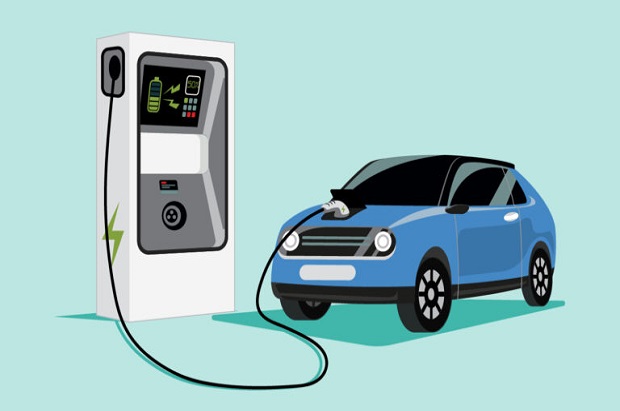Electric Vehicle Market: Trends, Players, and Challenges

The global electric vehicle (EV) market is rapidly expanding, driven by increasing environmental concerns, government incentives, and technological advancements. This report provides an in-depth analysis of the EV market, including market size, share, growth, trends, key players, challenges, and future outlook.
Market Size, Share, and Growth
The EV market has been experiencing remarkable growth in recent years. According to data from industry analysts, the global EV market was valued at $163.01 billion in 2020 and is projected to reach $823.75 billion by 2030, registering a compound annual growth rate (CAGR) of 18.2% during the forecast period of 2021-2030.
In terms of market share, battery electric vehicles (BEVs) and plug-in hybrid electric vehicles (PHEVs) are the two primary segments of the EV market. BEVs currently hold the largest market share, accounting for approximately 65% of the total EV market in 2021. However, PHEVs are expected to gain significant traction in the coming years due to their extended range capabilities.
Market Trends
Several key trends are shaping the EV market:
- Government Incentives and Regulations: Many countries have implemented incentives and regulations to promote EV adoption, such as tax credits, subsidies, and stricter emission standards. These initiatives are driving consumer demand and encouraging automakers to invest in EV technology.
- Declining Battery Costs: The cost of lithium-ion batteries, a major component of EVs, has been steadily decreasing due to technological advancements and economies of scale. This cost reduction is making EVs more affordable for consumers.
- Increasing Range and Charging Infrastructure: Advancements in battery technology have led to EVs with longer driving ranges, reducing range anxiety among consumers. Additionally, the deployment of public charging infrastructure is accelerating, further enhancing the practicality of EVs.
- Electrification of Commercial Vehicles: While the passenger vehicle segment dominates the EV market, there is growing interest in electrifying commercial vehicles, such as buses, trucks, and delivery vans, to reduce emissions and operating costs.
Market Players and Market Share
The EV market is highly competitive, with both established automakers and new entrants vying for market share. Here are some of the key players and their respective market shares:
- Tesla, Inc.: Tesla is a pioneer in the EV industry and currently holds the largest market share, accounting for approximately 23% of the global EV market in 2021.
- Volkswagen AG: The German automaker has made significant investments in EV technology and held a market share of around 12% in 2021.
- BYD Company Ltd.: This Chinese manufacturer is a leading player in the EV market, with a market share of approximately 10% in 2021.
- Nissan Motor Co., Ltd.: Nissan, known for its popular Leaf EV model, held a market share of around 8% in 2021.
- BMW AG, Daimler AG, Ford Motor Company, General Motors Company, and Hyundai Motor Company: These established automakers have also entered the EV market and are competing for market share.
Market Challenges
While the EV market presents significant opportunities, it also faces several challenges:
- High Initial Costs: Despite declining battery costs, EVs still have higher upfront costs compared to conventional gasoline-powered vehicles, which can deter some consumers.
- Range Anxiety: Although EV range has improved, range anxiety remains a concern for some consumers, especially in areas with limited charging infrastructure.
- Charging Infrastructure: The deployment of public charging infrastructure is progressing, but it needs to be accelerated to meet the growing demand for EVs, particularly in rural and remote areas.
- Supply Chain Constraints: The supply of critical materials, such as lithium and cobalt, used in EV batteries may face constraints as demand increases, potentially leading to supply chain disruptions and increased costs.
- Competition from Established Automakers: As traditional automakers expand their EV offerings, they pose a significant competitive threat to newer EV manufacturers, intensifying market competition.
Conclusion
The electric vehicle market is poised for continued growth, driven by increasing environmental awareness, supportive government policies, and technological advancements. While the market faces challenges such as high initial costs and infrastructure limitations, the overall outlook remains positive, with significant opportunities for both established players and new entrants.
As the market continues to evolve, it is crucial for industry stakeholders to closely monitor trends, invest in research and development, and adapt to changing consumer demands. Addressing the challenges associated with EV adoption, such as expanding charging infrastructure and reducing upfront costs, will be critical for accelerating market growth.
The transition towards electric mobility is not only an environmental imperative but also an economic opportunity. Companies that can effectively navigate the EV market landscape and offer innovative and cost-effective solutions are likely to emerge as leaders in this rapidly evolving industry.
READ MORE: https://www.hituponviews.com/







